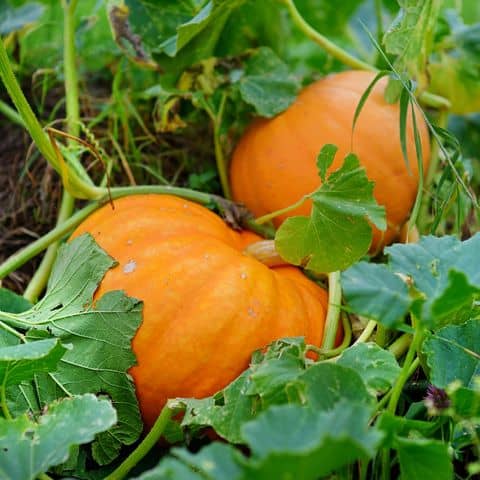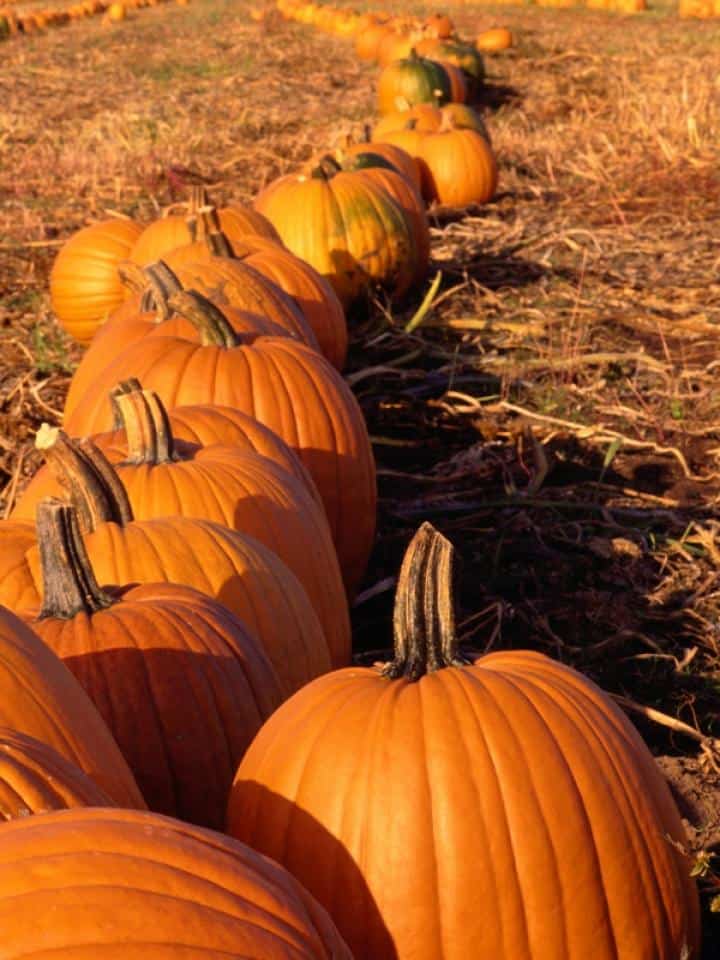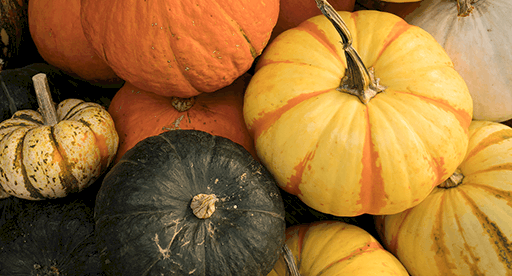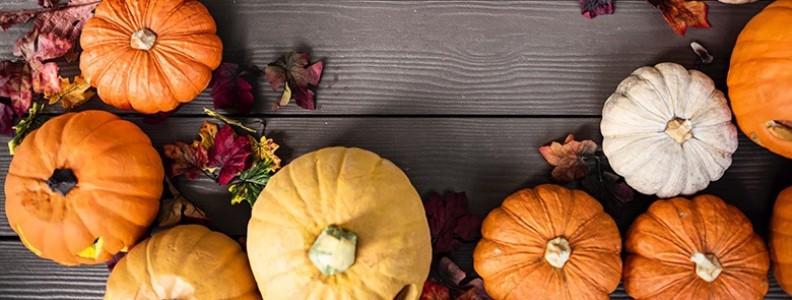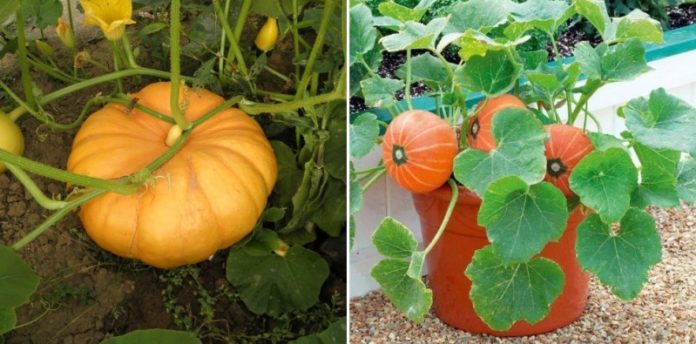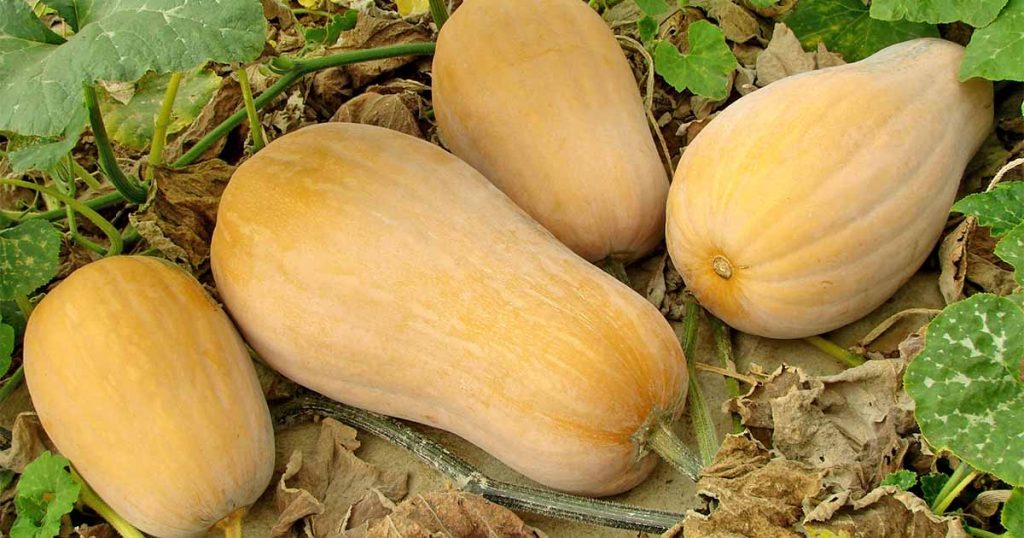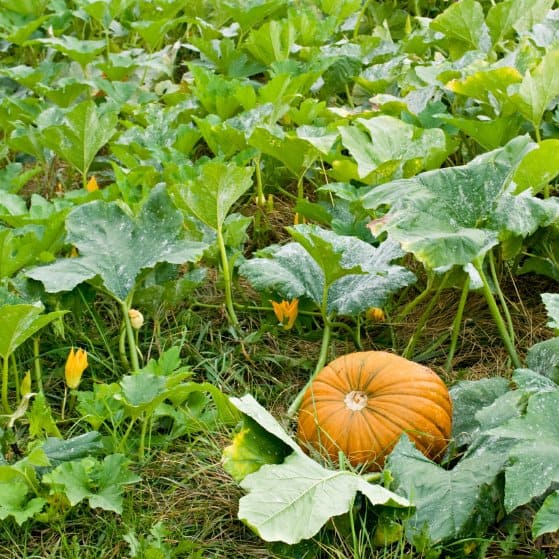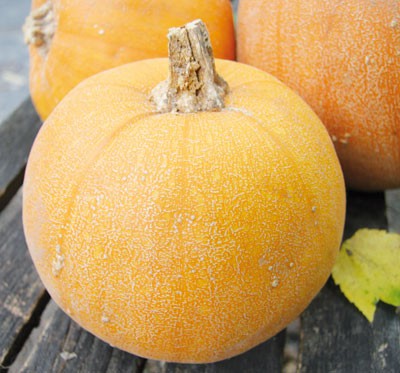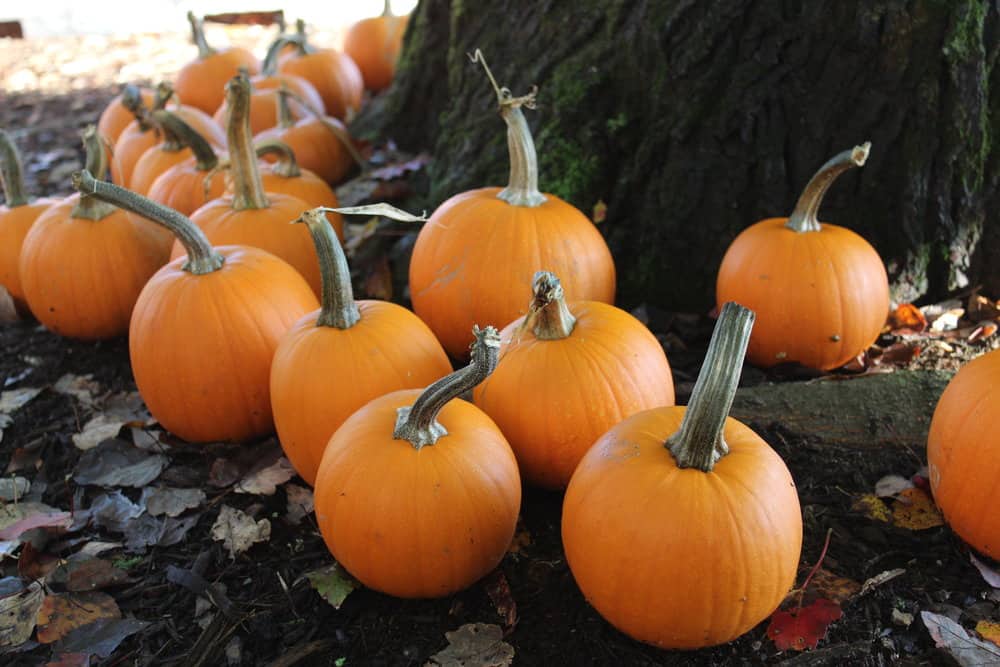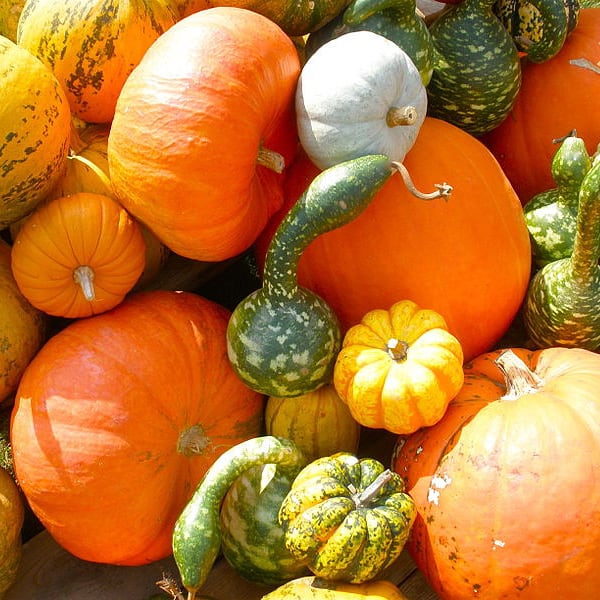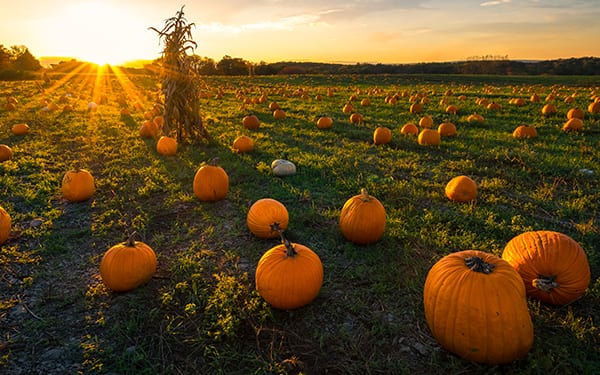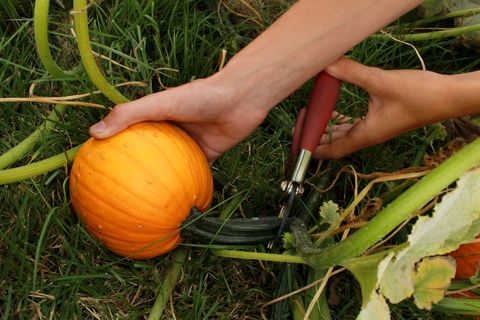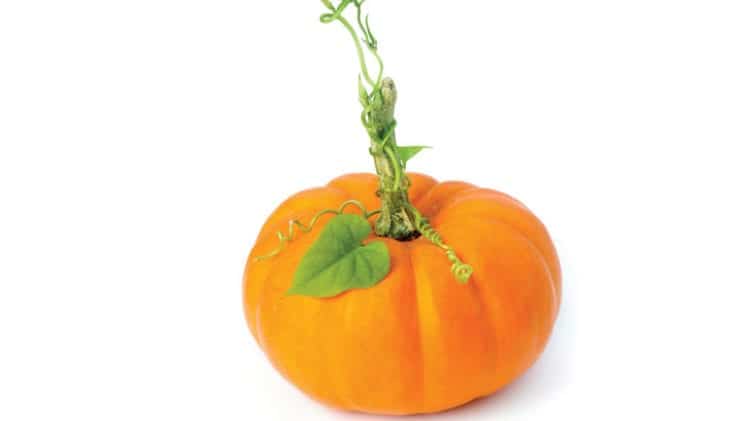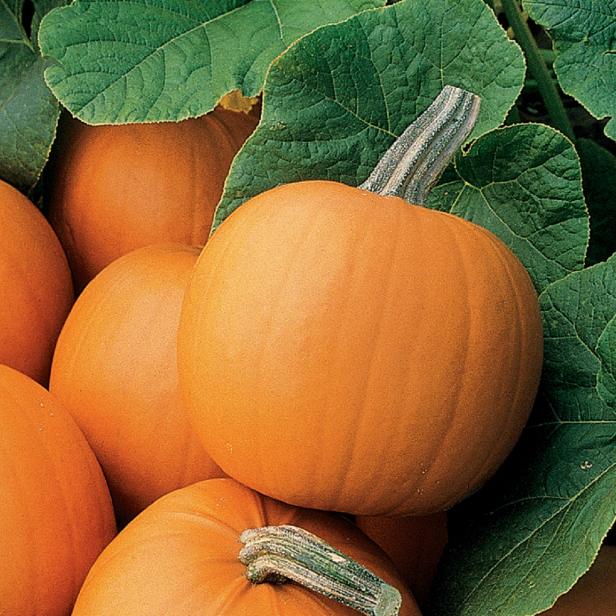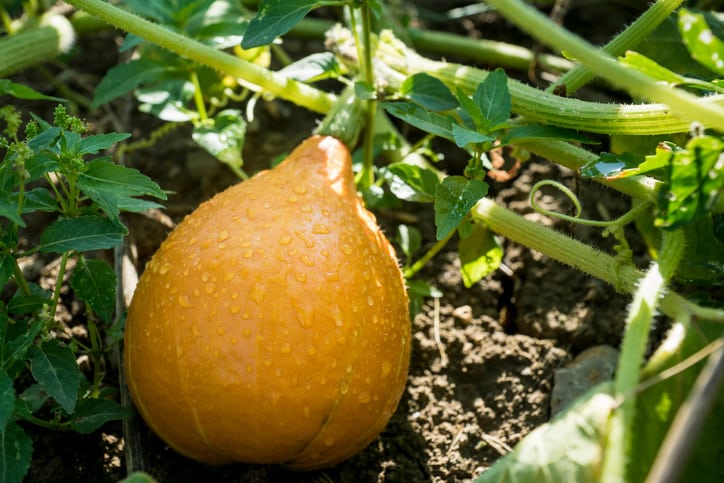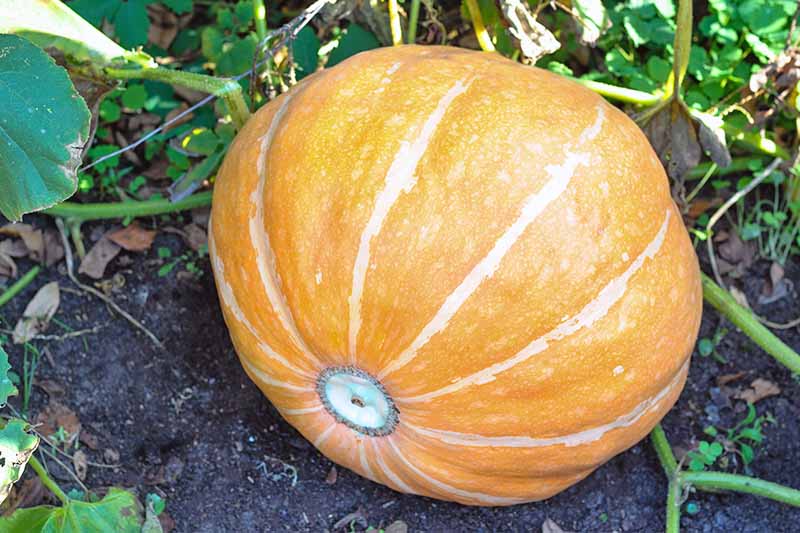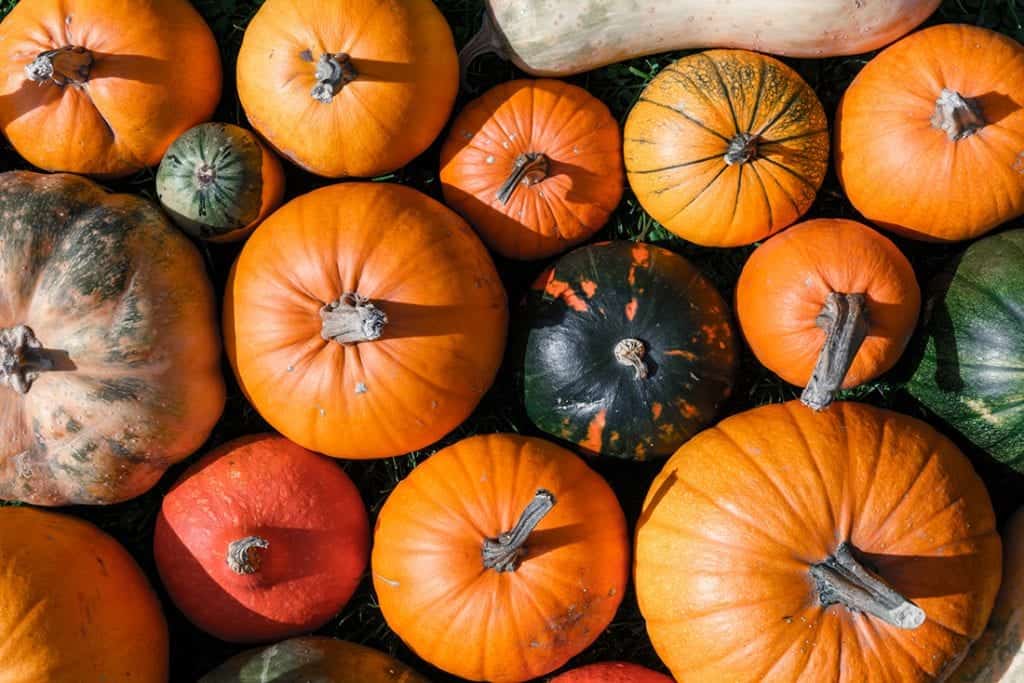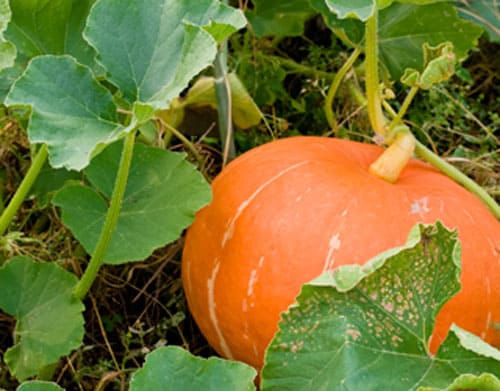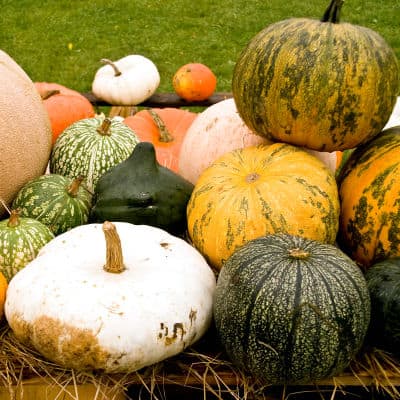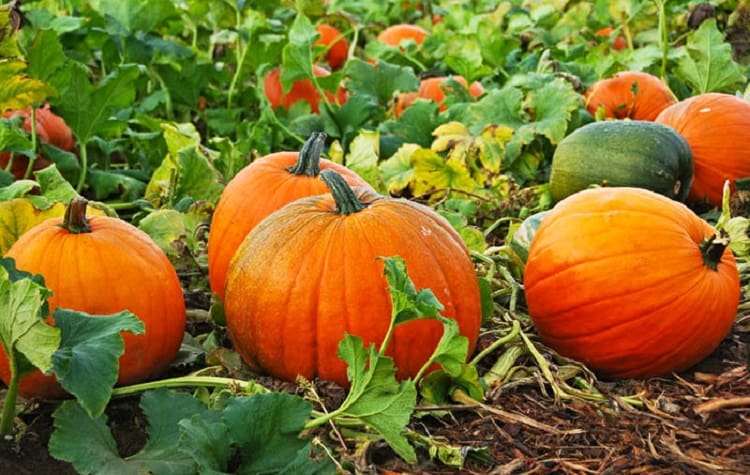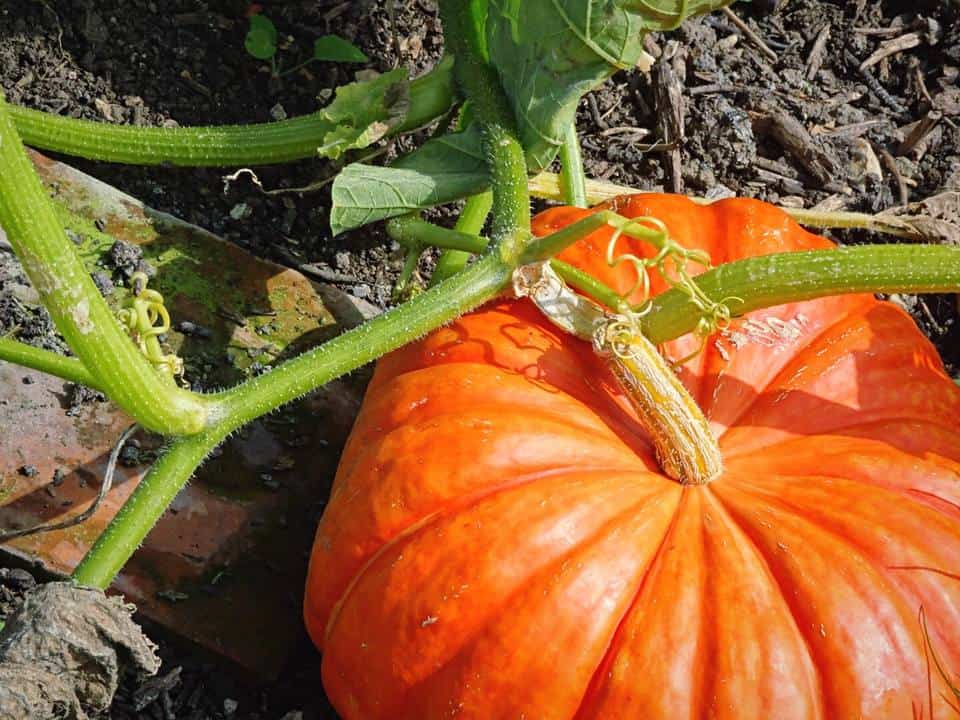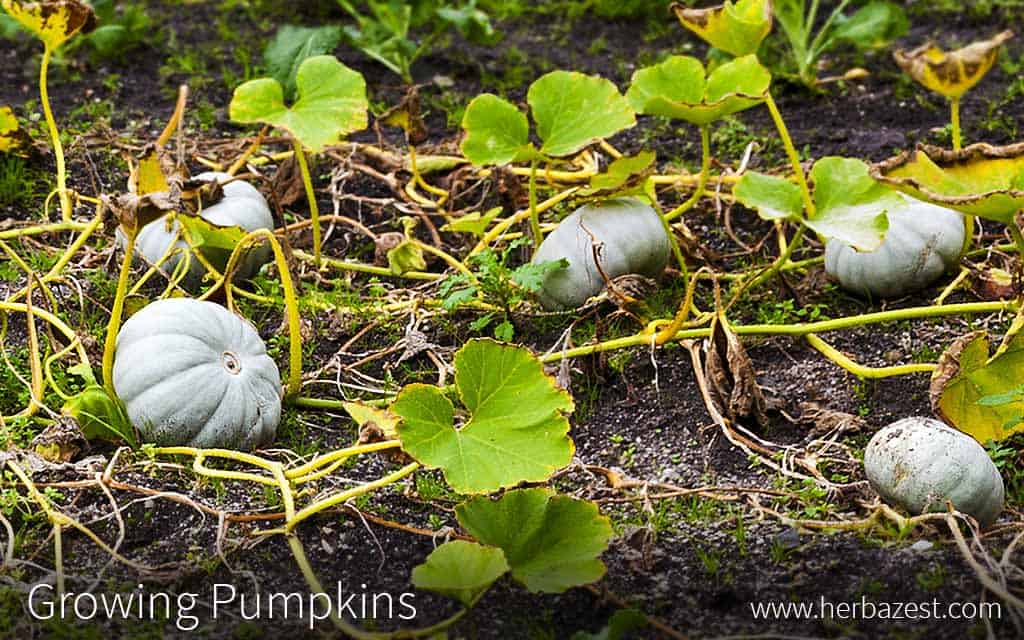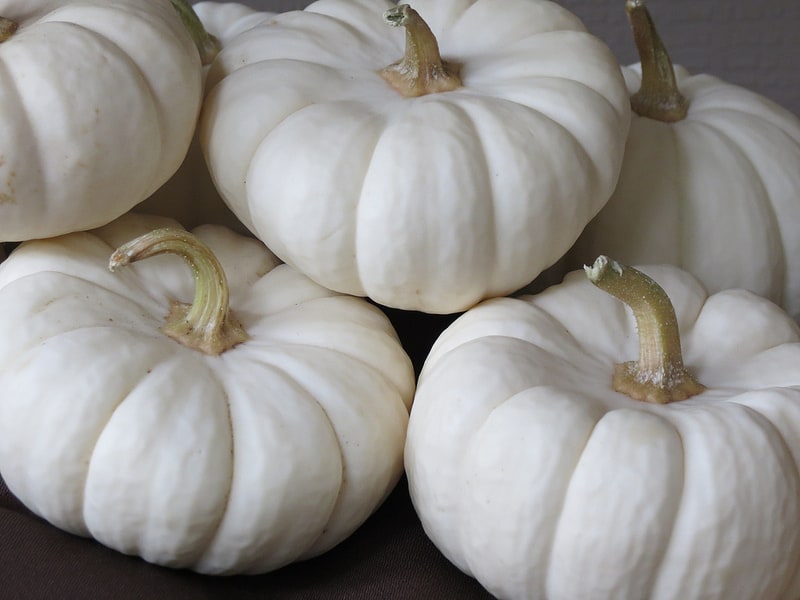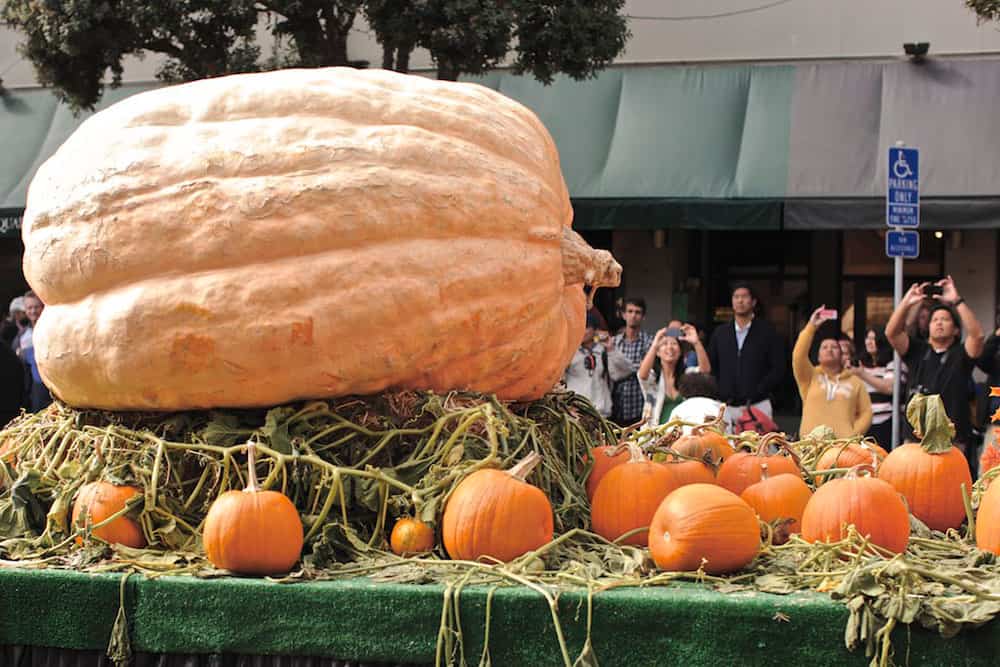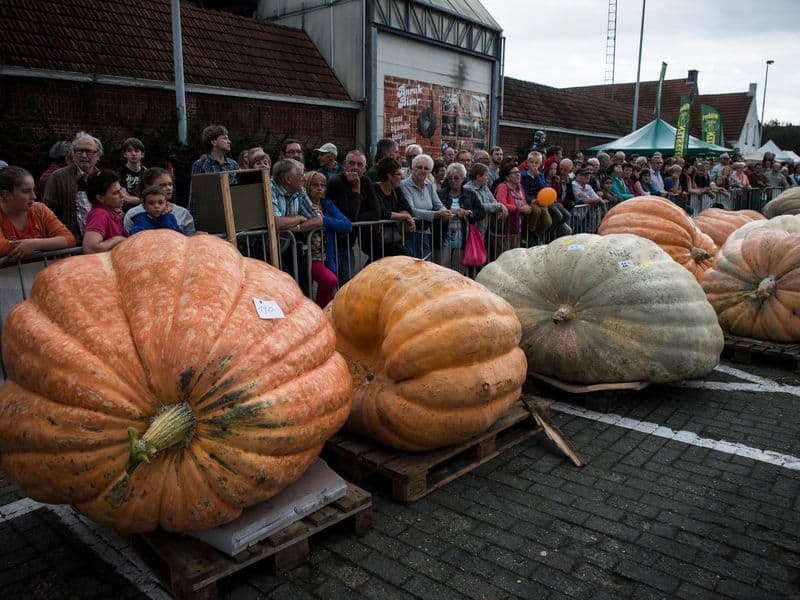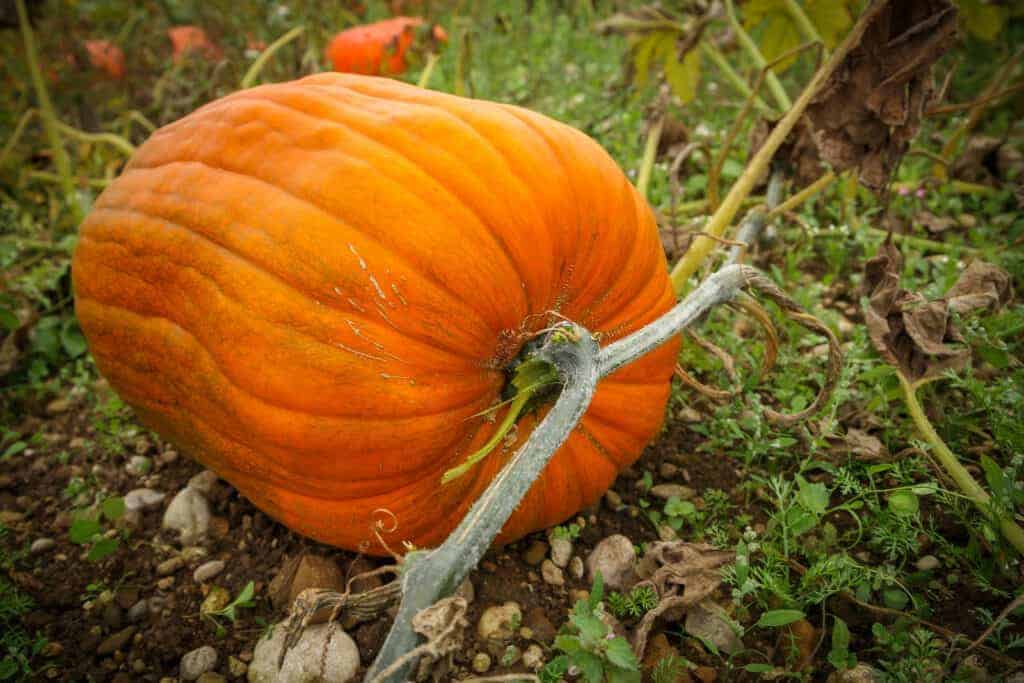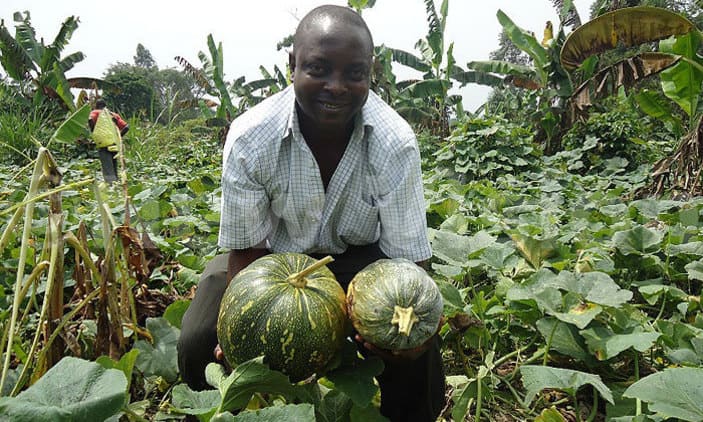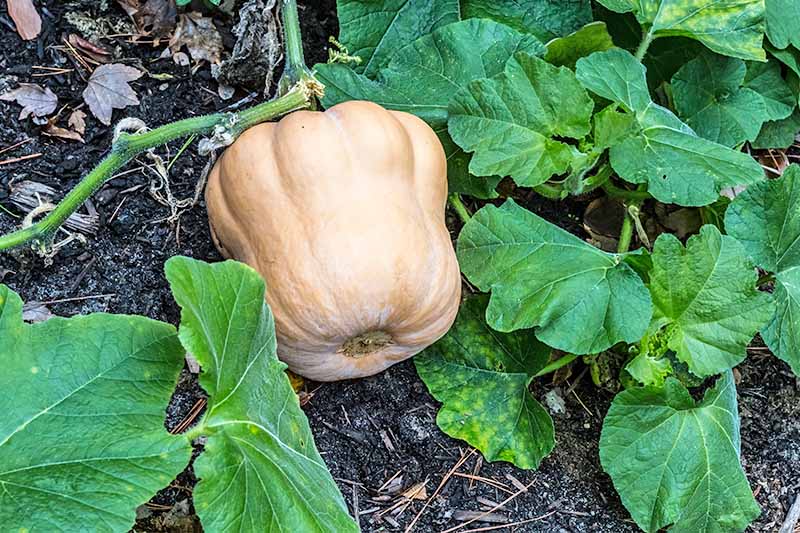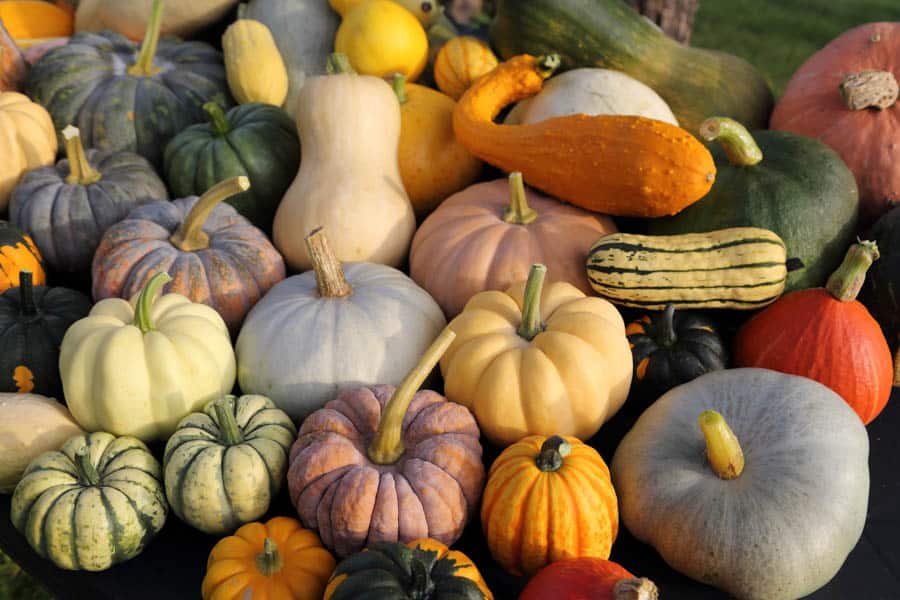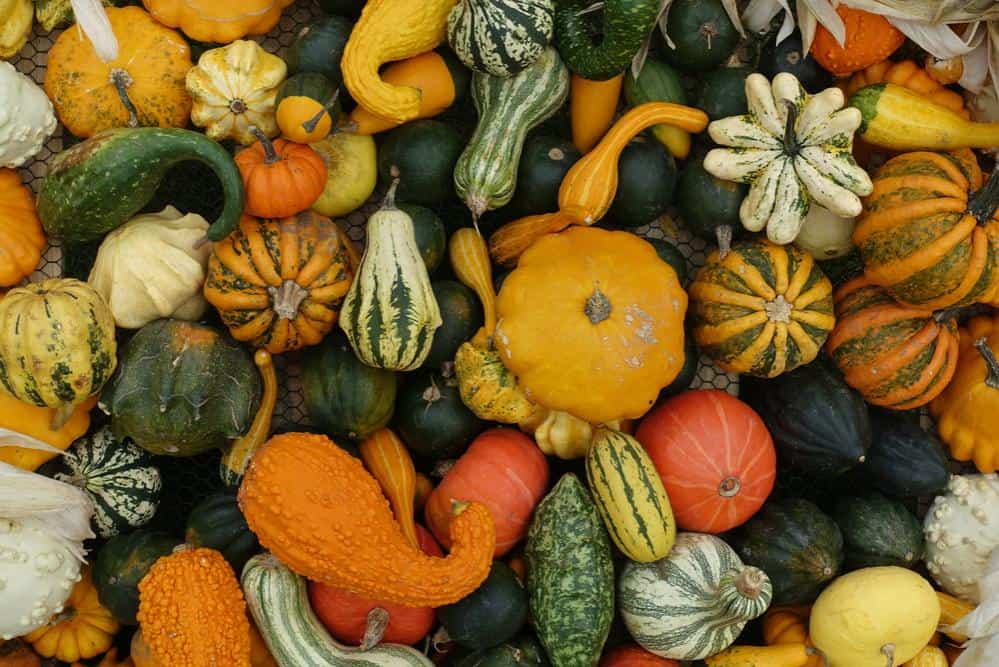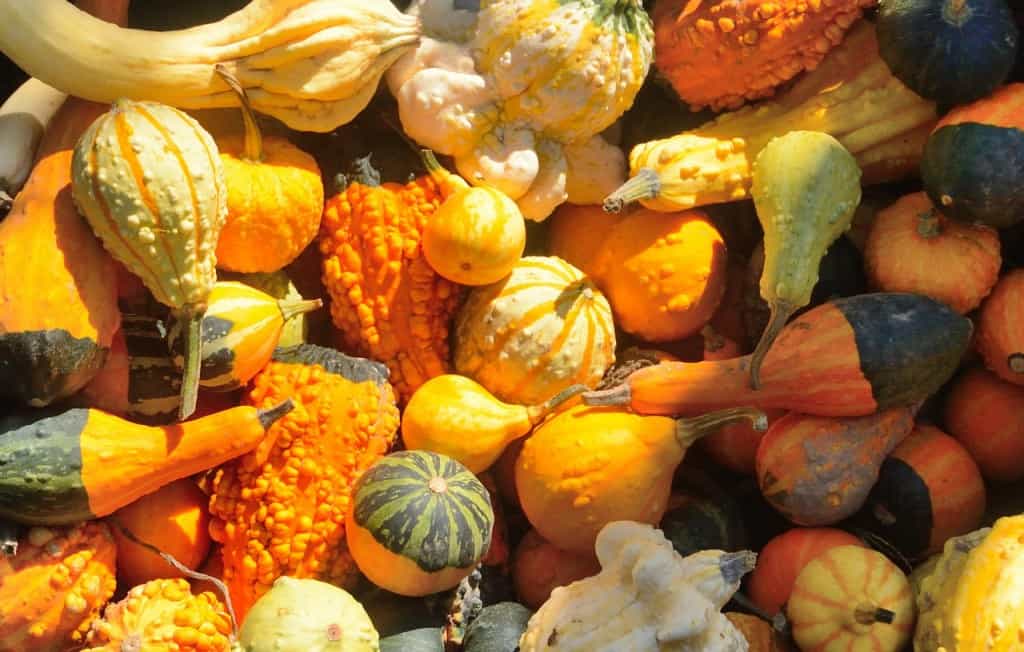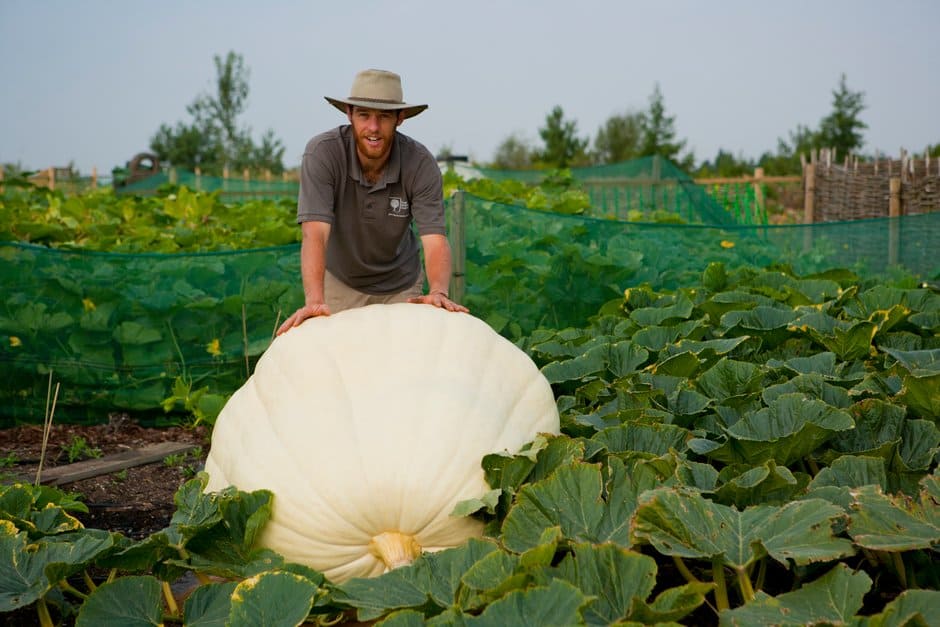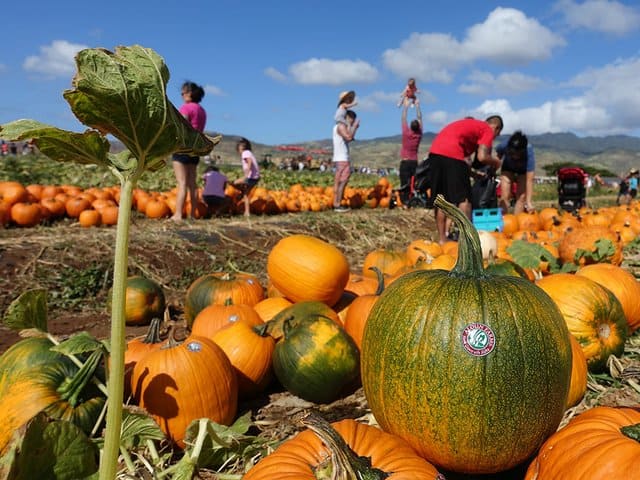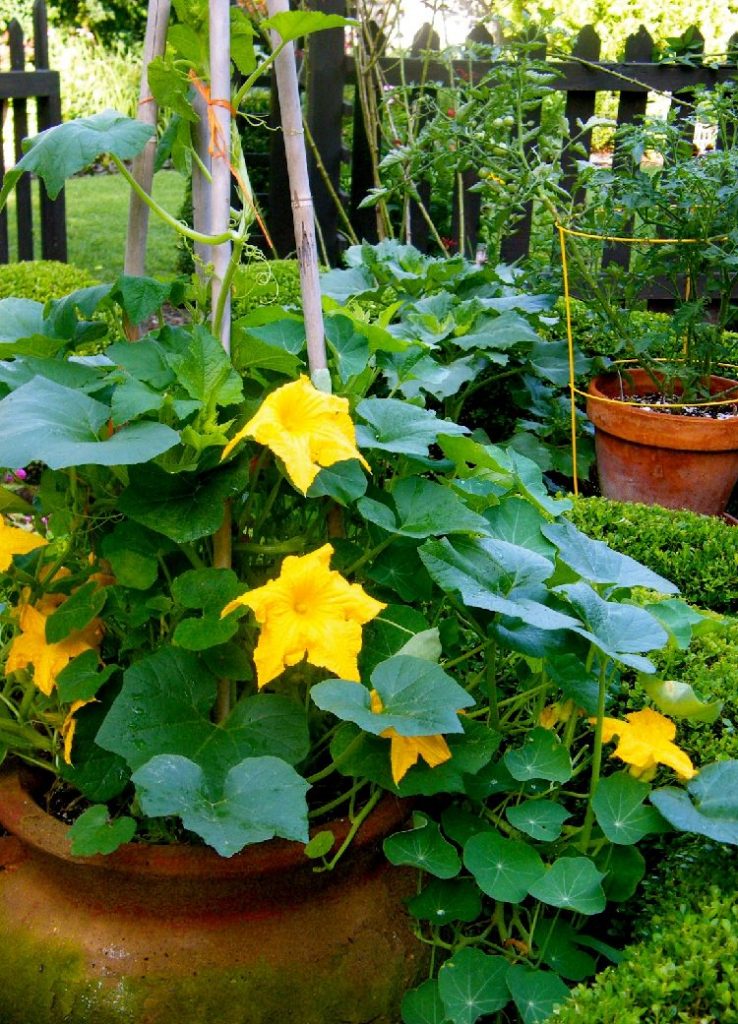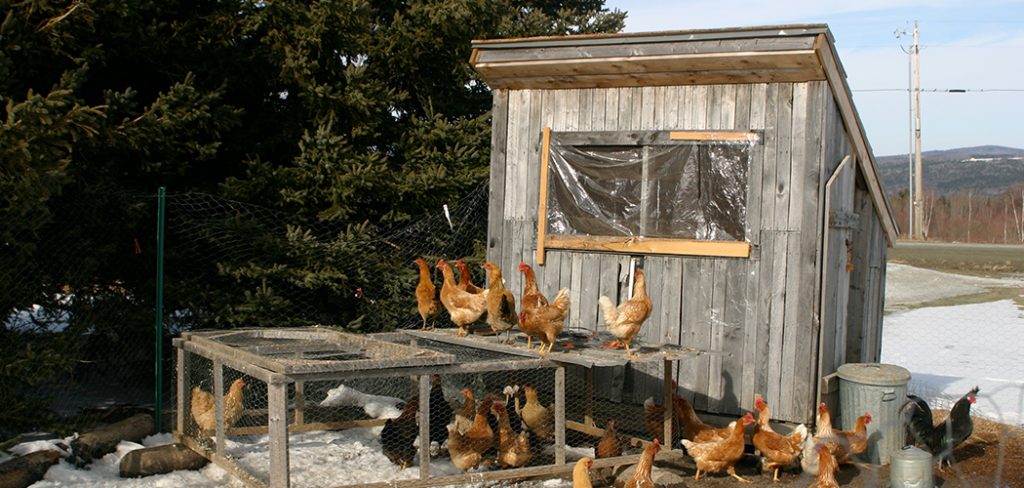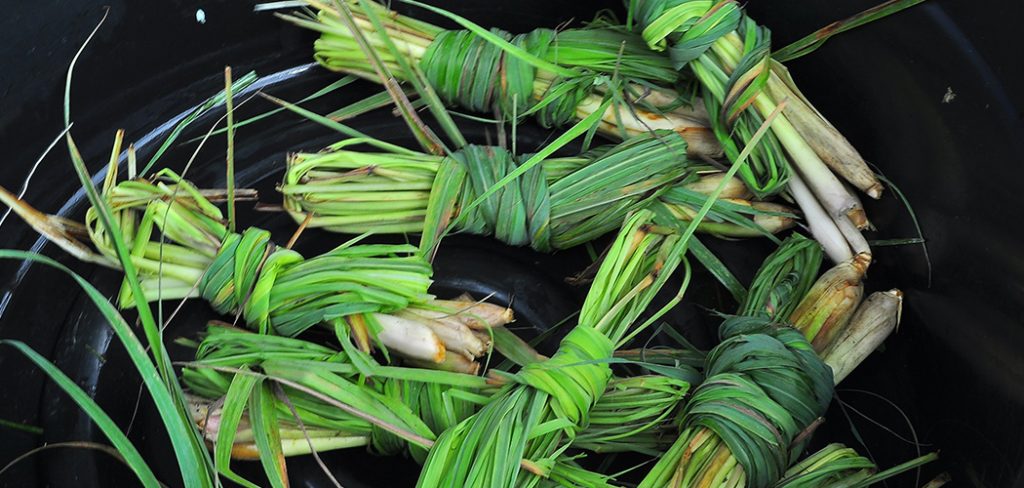Growing pumpkins are popular even among backyard farmers as pumpkins are tasty and versatile, the type of food every family will feast on without health issues. The trail along the ground and can be trained to climb over the fence with the help of their tendrils to save some space if it is an issue of concern. You can easily get a breakthrough with pumpkins even if you are a novice. A sunny position is best for pumpkins to grow. If you don’t have enough space to grow your pumpkins, they will do even in containers. Pumpkins grow for a long period of time, six months to be specific. They do well if well-watered and well-nourished
Pumpkin varieties include; crown, Butternut, Kumi Kumi, Triamble and Queensland Blue.
Prepare
Pumpkins will scramble everywhere if left to grow on their own. If you are growing from the seeds, germinate seeds in late winter or in early spring in a shelter. Plant the seedlings two meters apart.
Planting
A good foundation for your pumpkins will ensure you get better plants with high yields. Pumpkins will be happy with rich fertile soil. Feed them well and they will feed you back abundantly.
Plan to plant your pumpkins early in the morning or late in the evening. This will ensure your plants don’t suffer from direct strong sunlight straight away after planting.
Ensure you water them before and after planting. It is a good practice to pinch off the main stem when growth begins. This will encourage the plant to produce branches for more fruiting capabilities.
If your desire is to get larger pumpkins then allow two to three stem branches only from a single plant.
If you are planting in gardens, you need to water the plants thoroughly. Dig holes in your garden with approximately twice the root ball size of your plant.
Place your plant at the centre of every hole and fill with vegetable matter. Press the soil gently around the basement of each plant and make sure to water them well.
Growing Pumpkins
Replenish the soil with nutrients, either artificial fertilizers or compost manure. Pumpkins are heavy feeders and if you feed them well they will reward you back with healthy and heavy yields.
Health pumpkins have the potential to keep pests and diseases away. When watering pumpkins, keep off water from the foliage. You can lift them off the ground where mildew or frost is likely to affect your plant.
To aid in ripening the pumpkins, cut off some leaves and don’t be tempted to overcut the leaves because it will affect photosynthesis a process where food is manufactured.
Harvesting
Knock the shell of a pumpkin you suspect ripe. If it produces a hollow sound, your suspicions are right. They are also ripe when their leaves die.
Cutt off the pumpkin from the vine and leave the fruit stem with the pumpkin to keep it off rotting. keep it in a cool and dry place or store.
Welcome to the following gallery for more insight to growing pumpkins without too much hassle.
For more growing guide, check out our eggplant and peanuts guide.
